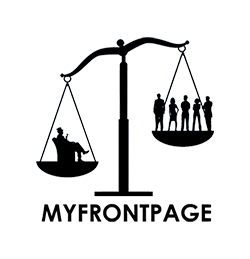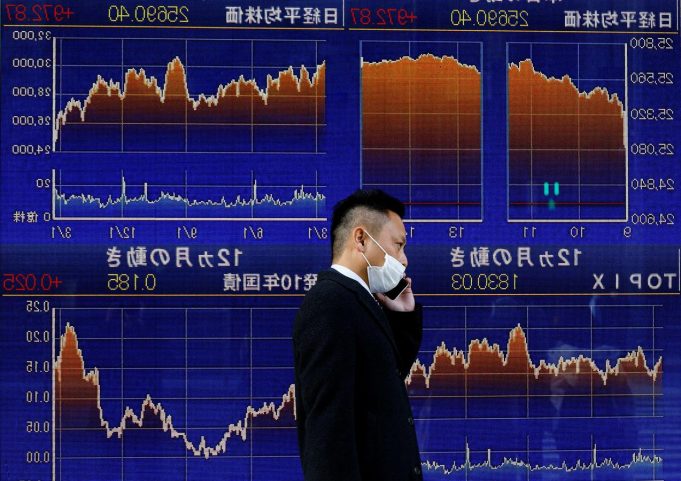SYDNEY: Asian stocks were in the red on Tuesday as surging COVID-19 cases in China hit the confidence of investors. Who is already worried about the Ukraine war and the first U.S. interest rate rise in three years that could come this week?
MSCI’s broadest index of Asia-Pacific shares outside Japan fell 1.97%, led by pronounced weakness in Chinese stocks. The index is down 8.2% so far this month.
Global oil prices fell overnight as prospects of talks between Russia and Ukraine reaching some kind of resolution eased immediate concerns about energy supply disruption. Those losses extended into the Asian session, however, the investor focus had shifted to the demand side. With China’s new wave of COVID-19 infections casting a cloud over the outlook for the world’s second-largest economy.
More broadly, a lack of major progress seen in Ukraine-Russia talks on Monday added to the nervousness in equity markets. While concerns are now growing about the potential for new tensions between China and the United States. Washington has warned Beijing against providing military or financial help to Moscow. After its invasion of Ukraine, sanctions on Russian political and business leaders mount.
“The question we are asking is whether the markets have reached peak bearishness,” said Jack Siu, Credit Suisse’s chief investment officer for Greater China.
“We know there has been a lot of bad news, there could be worse to come. Stock prices have fallen substantially and there is no clarity on any resolutions from U.S. regulators towards Chinese listed stocks there.”
Hong Kong’s Hang Seng Index remained mired in negative territory Tuesday, dropping 4% following an almost 5% selloff a day earlier. Hong Kong’s main board is down 17% so far in March. The city’s tech index has been hammered, falling nearly 30% this month as investors worry about the next regulatory crackdown from U.S. and Chinese authorities on the sector.
China’s CSI300 index was down 1.78%, pushing its losses for the month out to 11.2%. Australian shares closed down 0.73%. Shrugging off the weakness in Asia, however, stock futures for the S&P 500 rose 0.21%. While Tokyo’s Nikkei Index reversed its losses and was marginally higher, up 0.22%. Adding to the overall negative sentiment for markets are rising case numbers of COVID-19 in China. Which investors fear will hurt the mainland’s economic growth in the first quarter.
China on Tuesday reported 3,602 new confirmed coronavirus cases compared with 1,437 on Monday. During the Asian session, U.S. crude slipped a further 5.2% to $97.66 a barrel. Brent crude was down 5.16% to $101.37 per barrel.
“Right now everyone is looking at the Chinese cases and realizing that has to have an effect on production,” said Hong Hao, BOCOM International’s head of research.
“China’s growth in the first quarter could be closer to zero than 5.5%. There’s a ripple effect. There’s Ukraine, the risk of U.S. sanctions on China and rising Chinese domestic COVID cases – it does not look good.”
Investor focus is also on the U.S Federal Reserve, which meets on Wednesday and is expected to hike interest rates for the first time in three years to offset rising inflation. Wall Street experienced a mixed session, with declining technology companies prompting most indexes to close lower Monday.
The yield on the benchmark 10-year Treasury notes rose to 2.1384%. The two-year yield, which rises with traders’ expectations of higher Fed fund rates, touched 1.865%, up from 1.849%. Gold was also weaker in Asia with the spot price at $1,932.1 per ounce.
‘
















